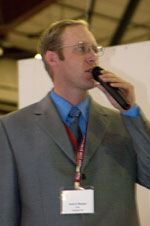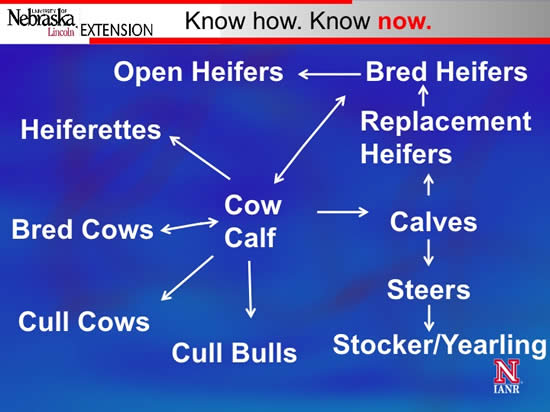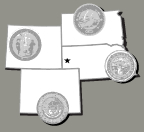Unit Cost of Production
Taking the time to calculate your unit cost of production helps business strategy.
by Kasey Miller, for Angus Productions Inc.

Knowing your UCOP gives you power, especially in budgeting, evaluating inputs, evaluating enterprises and entities, and marketing and risk management, said UNL's Aaron Berger.MITCHELL, Neb. (Nov. 29, 2011) — Only about 15% of beef producers know exactly how much it costs to produce a pound of weight on a calf or to put up a ton of hay, said Aaron Berger, extension educator with University of Nebraska-Lincoln (UNL) Extension. While the accounting aspect of cattle production is generally not the most appealing, he says it is necessary and an important part of the ranching business.
He also said the right mindset is important. Ranchers must go into their endeavors with the idea that they can be profitable, and calculating unit cost of production (UCOP) can help with that.
Berger quoted Dennise Bakke saying, “Profits are to business as breathing is to life. Breathing is essential to life, but not the purpose for living.”
Four characteristics of profitable ranches, Berger said, are:
- 1) low levels of investment;
- 2) average levels of production;
- 3) low level of annual cost; and
- 4) above average marketing.
Knowing the UCOP, the ratio of total costs divided by total product produced, is an important tool.
Berger said there are two types of cost, direct and indirect, and it is important to consider both types. Because you can’t manage what you don’t measure, he recommended that ranchers keep records throughout the year. They don’t have to be complicated, but they do need to be accurate and thorough.
“Almost every decision made on the ranch affects the UCOP,” says Berger.
Every direct cost dollar put into those cows should return more than a dollar.
 He suggested breaking the ranch into enterprises, because a general overview of finances isn’t detailed enough to know where money is being made and where it is being lost.
He suggested breaking the ranch into enterprises, because a general overview of finances isn’t detailed enough to know where money is being made and where it is being lost.
Berger did warn of challenges of enterprise analysis, including:
- how to break out and allocate costs;
- variations in production/expenses can skew results, especially for one year; and
- eliminating an enterprise won’t always eliminate all the costs associated with it.
Despite these challenges, knowing the UCOP gives a rancher power, especially in budgeting, evaluating inputs, evaluating enterprises and entities, and marketing and risk management.
For help calculating your UCOP, Berger suggested looking into Ranch Management Practicum schools in the region that offer in-depth education and practice calculating UCOP and enterprise analysis. Information can be found at RanchPracticum.com. There are also spreadsheets available at hpranchpraticum.com. Berger also suggested using North Dakota State University’s Cow Herd Appraisal Performance Software (CHAPS), found at www.chaps2000.org.
“Ranch managers who know the UCOP numbers for ranch enterprises and understand the interaction between input costs and production are able to implement strategies to help them effectively manage resources to meet both business and personal goals,” says Berger.
To view the PowerPoint accompanying Berger's presentation, click here.
The biennial Range Beef Cow Symposium was hosted Nov. 29-Dec. 1 at the Mitchell Events Center, Mitchell, Neb., by the cooperative extension and animal science departments of the University of Nebraska-Lincoln, South Dakota State University, Colorado State University and the University of Wyoming. Comprehensive coverage of the event is provided online at www.rangebeefcow.com, an event coverage site provided by Angus Productions Inc. (API), publisher of the Angus Journal and the Angus Beef Bulletin.
Editor’s Note: API's coverage of the event is made available for distribution to all media via an agreement with the Range Beef Cow Symposium Committee and API. Headquartered in Saint Joseph, Mo., API publishes the Angus Journal, the Angus Beef Bulletin, the Angus Beef Bulletin EXTRA, and the Angus e-List, as well as providing online coverage of events and topics pertinent to cattlemen through the API Virtual Library. For questions about this site, or to notifiy us of broken links, click here.

